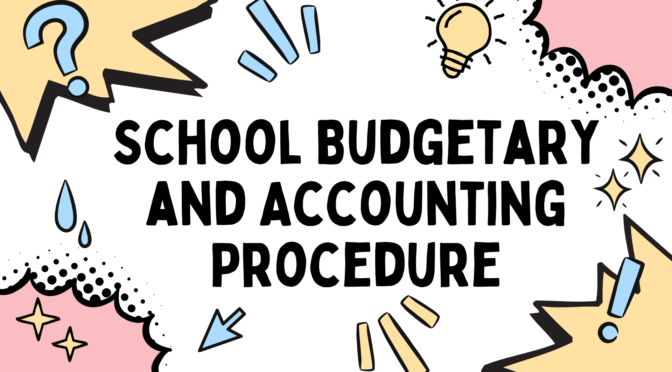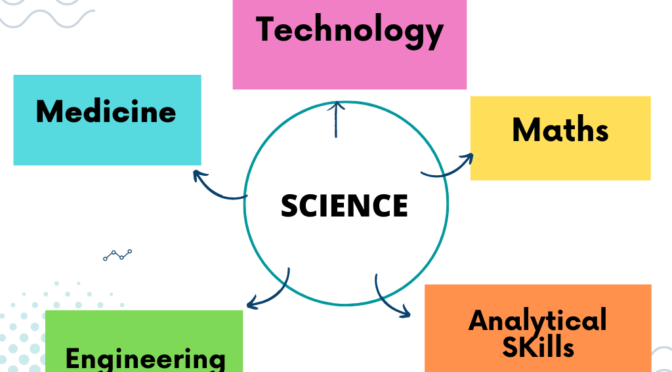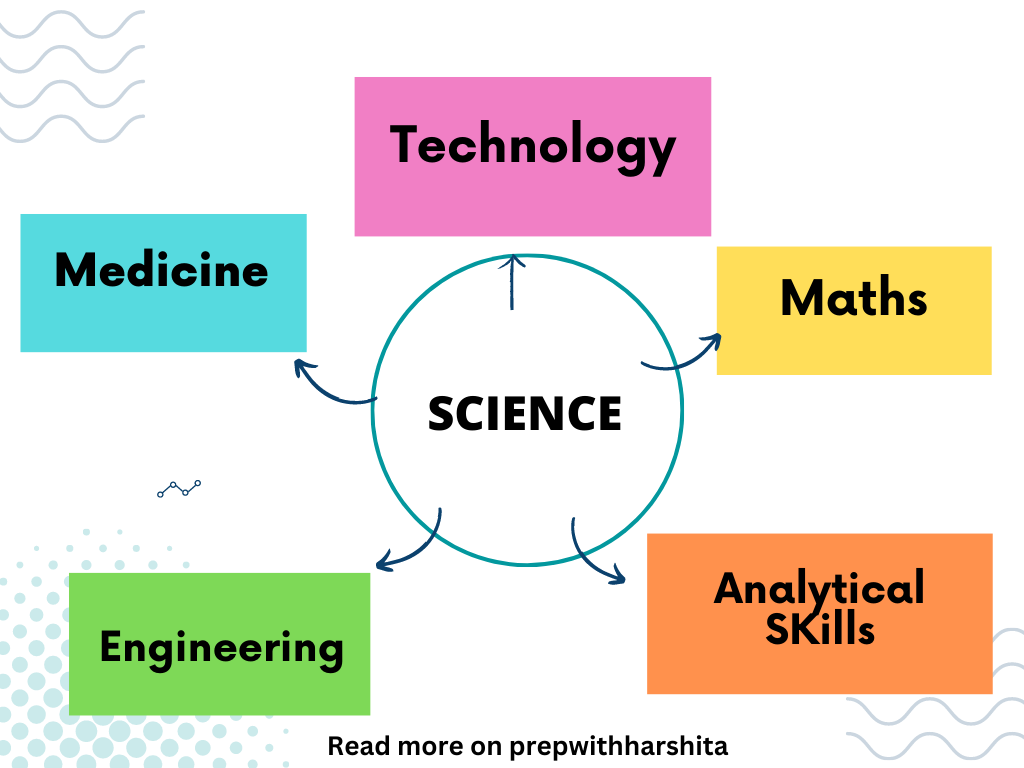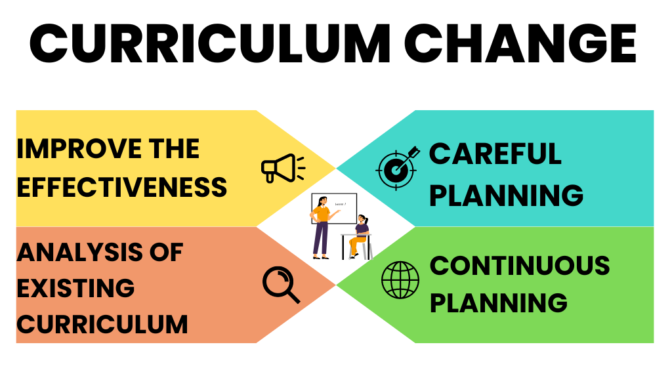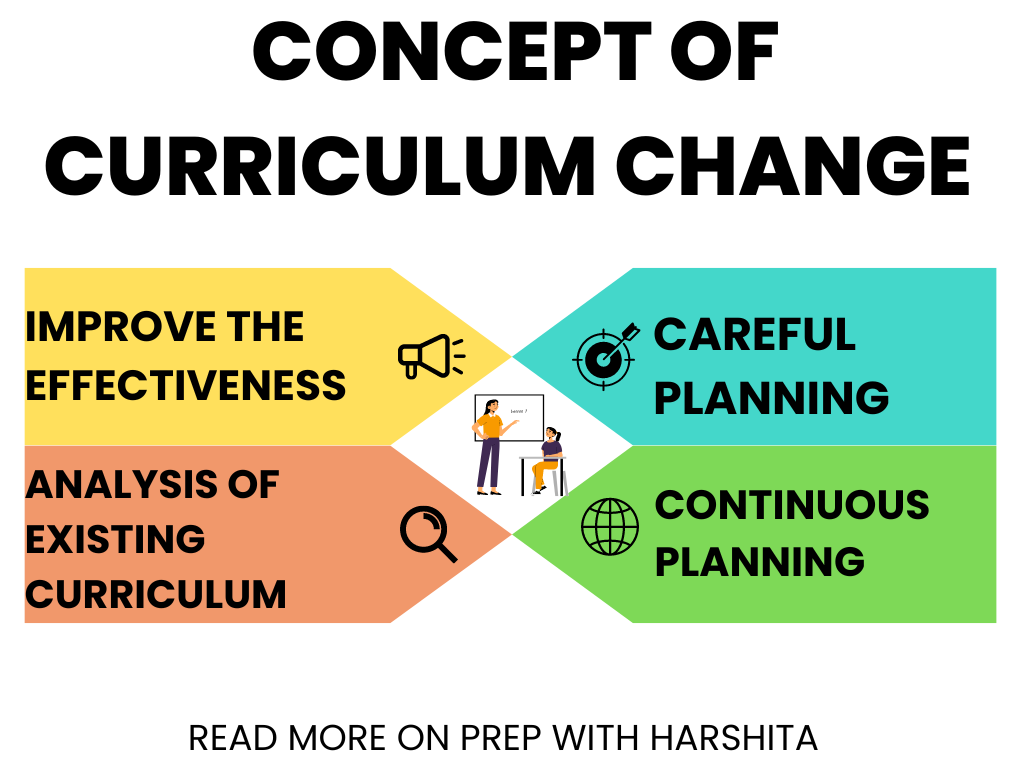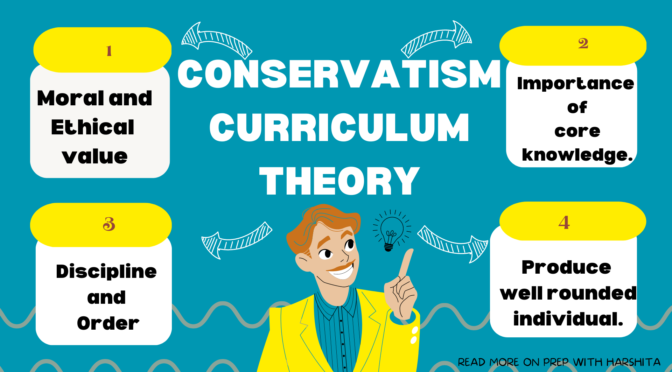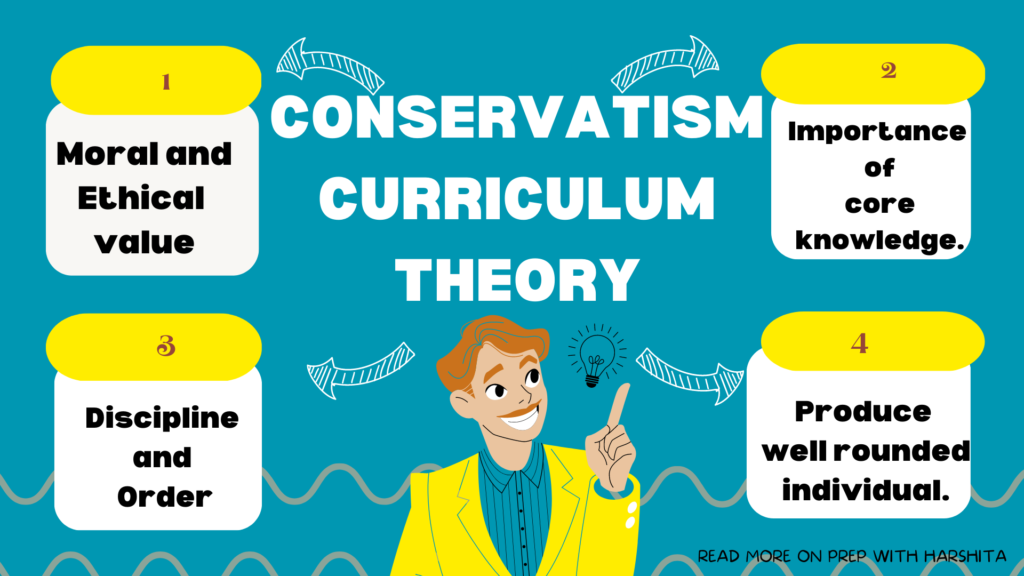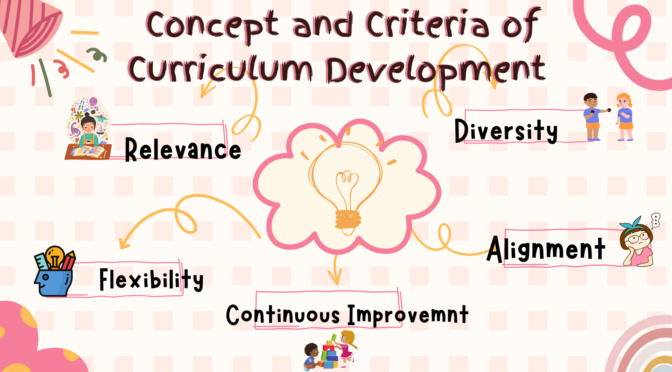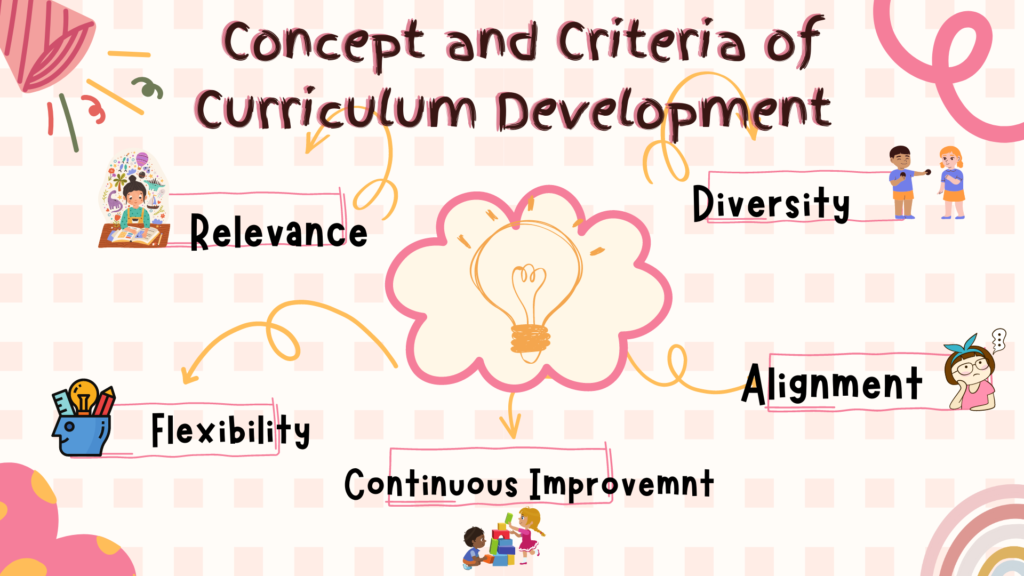The school budgeting and accounting procedure is crucial for ensuring the financial health and stability of a school district or educational institution.
These procedures typically involve several key steps:
- Budget Preparation: The first step in the school budgeting and accounting process is to prepare a budget for the upcoming fiscal year. This typically involves reviewing the previous year’s budget and financial statements, analyzing enrollment and staffing data, and making projections for revenue and expenditures.
- Board Approval: Once the budget has been prepared, it must be presented to the school board for approval. The board will review the budget and may make adjustments or request additional information before approving the final version.
- Revenue Management: Once the budget is approved, the school must manage its revenue sources, including state and federal funding, local property taxes, and other sources of income. This may involve tracking revenue streams, projecting cash flow, and managing investments.
- Expenditure Management: The school must also manage its expenditures, which may include salaries and benefits for staff, materials and supplies, utilities, and other expenses. This may involve creating a system for tracking expenses, implementing cost-saving measures, and prioritizing expenditures based on the budget.
- Financial Reporting: Throughout the year, the school must maintain accurate financial records and prepare regular reports to keep stakeholders informed about the school’s financial health. This may involve preparing monthly or quarterly financial statements, submitting reports to state and federal agencies, and providing updates to the school board and other stakeholders.
- Audit and Compliance: Finally, the school must comply with applicable laws and regulations and undergo regular audits to ensure the accuracy and integrity of its financial records. This may involve working with external auditors, implementing internal controls, and addressing any findings or recommendations from auditors.
Overall, the school budgeting and accounting procedures are critical for ensuring that the school district or educational institution can operate effectively and efficiently while maintaining financial stability and accountability.
Also Read : Need and importance of Policy

Also Visit : Prep with Harshita

